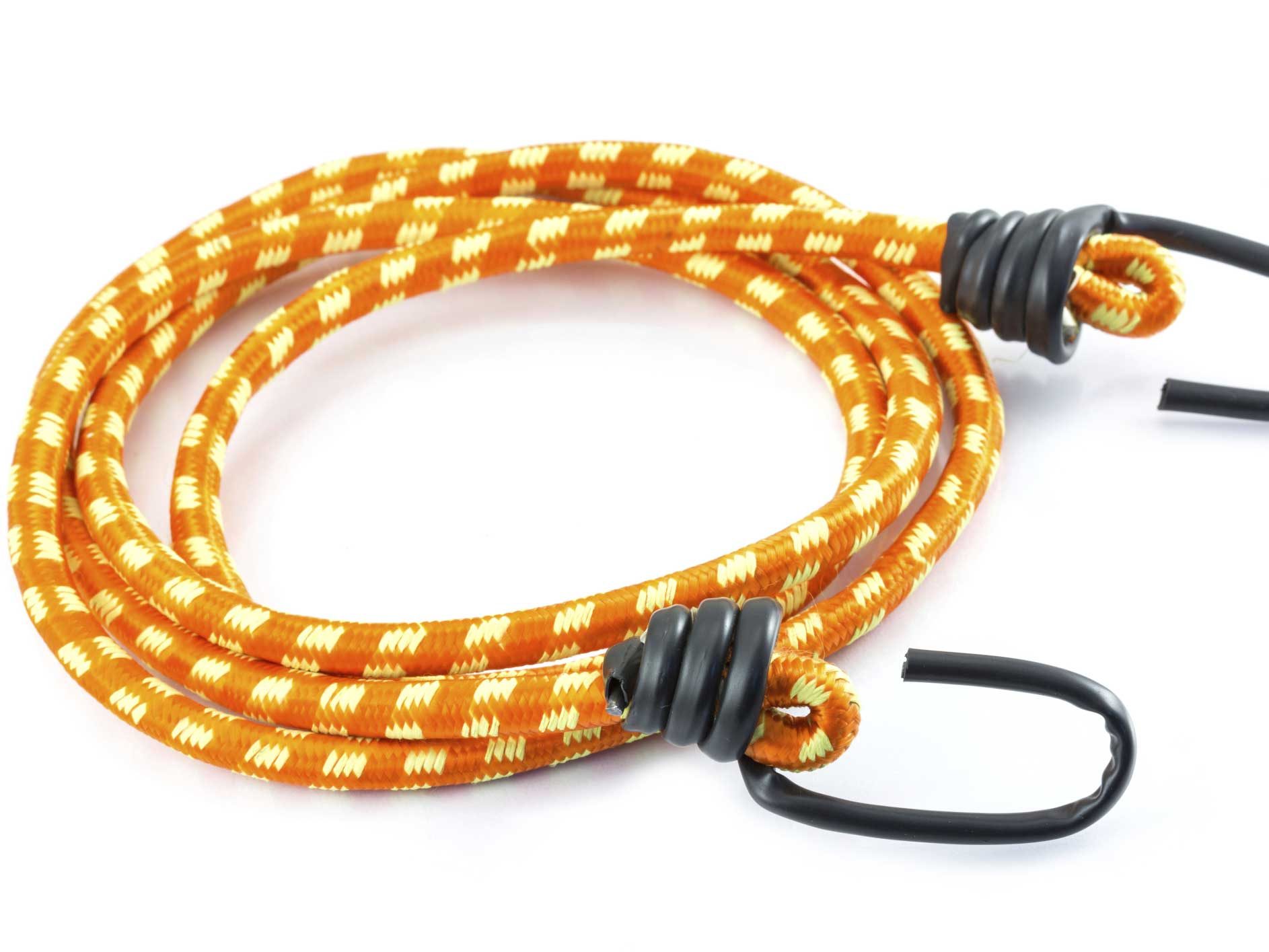
Car emergency kit essentials
That spare tire isn’t going to do you a lot of good if you don’t have the proper tools to swap out the flat one in your car emergency kit. If you’ve never done it before, changing a flat can be a bit daunting, but a little know-how goes a long way. Brush up on these step by step instructions on how to change a tire, and if you still don’t feel confident, invest in some canned tire inflator like Fix-A-Flat instead. Regardless of how you choose to temporarily repair the tire, make sure you pick a safe spot to do it, and always turn your hazard lights on before you get to work.

A candle and matches
If your car breaks down in cold weather, a small candle lit inside the car can provide a surprising amount of light and, most importantly, warmth. Any candle will do, but tea lights tend to be tidier and have the added advantage that they don’t take up much space. Pop a few into your car’s first aid kit. An alternative is to pack a candle inside a tin can: A coffee can with a plastic lid is ideal—you can keep your matches and candle inside and everything should stay nice and dry.

A warm blanket
Not only will a blanket complement that candle in keeping you warm in case of cold weather car trouble, it’s also great to have for sleepy kids and impromptu picnics. But if you don’t want a bulky blanket taking up valuable real estate in a tiny trunk, pick up a pack of Mylar Space Blankets. These inexpensive, silver, plastic-like sheets can fit in your glove compartment and will help you retain up to 90 per cent of your body heat in cold conditions.

A road map
We’re not talking about Google Maps or your electronic GPS—we mean a good, old-fashioned paper map. Keep it in your glove compartment for those times when your GPS is on the fritz or your cellphone isn’t picking up a signal.
Here are more things you should always keep in your glove box.

Bungee cords
Bungee cords are key if you’re the kind of person whose eyes are bigger than your car trunk, but besides using them for packing a new bike or an exciting antique market find into your car, bungees can come in handy if you get into trouble on the road. A bashed-in bumper may need a little extra support staying attached to your car while you drive to the mechanic and a broken hood latch can be temporarily remedied with one, too.
Find out more brilliant uses for bungee cords.

Jumper cables
Car batteries can die in any kind of weather but they usually quit when we least expect them to. Jumper cables typically cost less than $20 and are easy to use (or will be after you read this quick refresher on how to jump start a car safely). If you’re going to be driving on less-travelled roads and don’t want to rely on someone else to help you out, you can also pick up an emergency battery booster and boost yourself.

Duct tape
Duct tape: It’s not just for home repairs and Canadian television comedies! If you’ve ever returned to the parking lot to find your driver’s side mirror dangling, you’ll know how handy a roll of duct tape can be as a stop-gap on the way to the body shop. (Here’s how to repair that broken mirror yourself, if you’re so inclined.)

A multi-function car emergency tool
An absolute must-have for every glove compartment! These hardworking and compact tools function as seatbelt cutter and windshield breaker. The best part? It costs under $20 and you can order it online. Just be sure to stow yours in an easily accessible spot inside the car as opposed to in your trunk.
Now that you’ve got your roadside emergency kit sorted, brush up on these tips for driving in the rain.